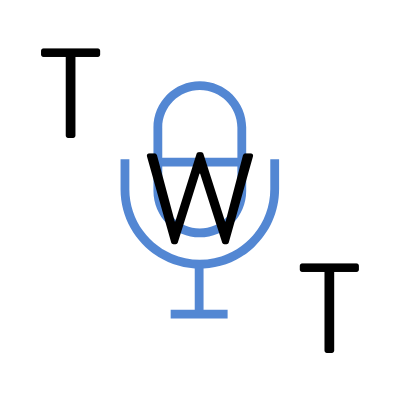Episode 220: How AAC Supports Greater Spontaneous Language for People with Echolalia (Part 1)
This week, Rachel interviews Sarah Lockhart, an SLP and host of the SLP Happy Hour podcast. Sarah had questions about providing AAC to a student who has limited spontaneous communication but used lots of scripts. Rachel and Sarah discuss the importance of supporting independent communication for echolalic students, how AAC benefits these students by providing visual word choices with auditory feedback, and more!
Before the interview, Chris and Rachel discuss a listener question about a student with a complex medical history, including CVI, who uses an eye gaze system. Rachel and Chris touch on how they would approach the case and some specific things that come to mind, including the challenges of directly prompting an eye gaze user, ideas for using games to teach language, and how they could use Canva in therapy to make something useful for the student’s school.
Key ideas this week:
🔑 If a student relies on us to open a folder on their device, how can it generalize to independence? It’s especially tempting to help an eye tracking user, but If we aren’t training from a motor plan approach, it may not generalize. If we start with supports, we need to fade them as soon as possible so they get the full motor plan.
🔑 It doesn’t move the needle for spontaneous autonomous speech to verbally say what we think they want to say and have them repeat that over and over again. In many cases this hasn’t worked for years.
🔑 You can support independent communication with AAC in ways you can’t with verbal speech alone, such as gesturing at the device with an expectant gaze.
Links from this weeks episode:
Episode 147: Kaylie Gustafson: Supporting Eye Gaze Users Through Telepractice https://www.talkingwithtech.org/episodes/kaylie-gustafson?rq=Eye
Pepi’s Wonder World: https://www.pepiplay.com/wonderworld/
